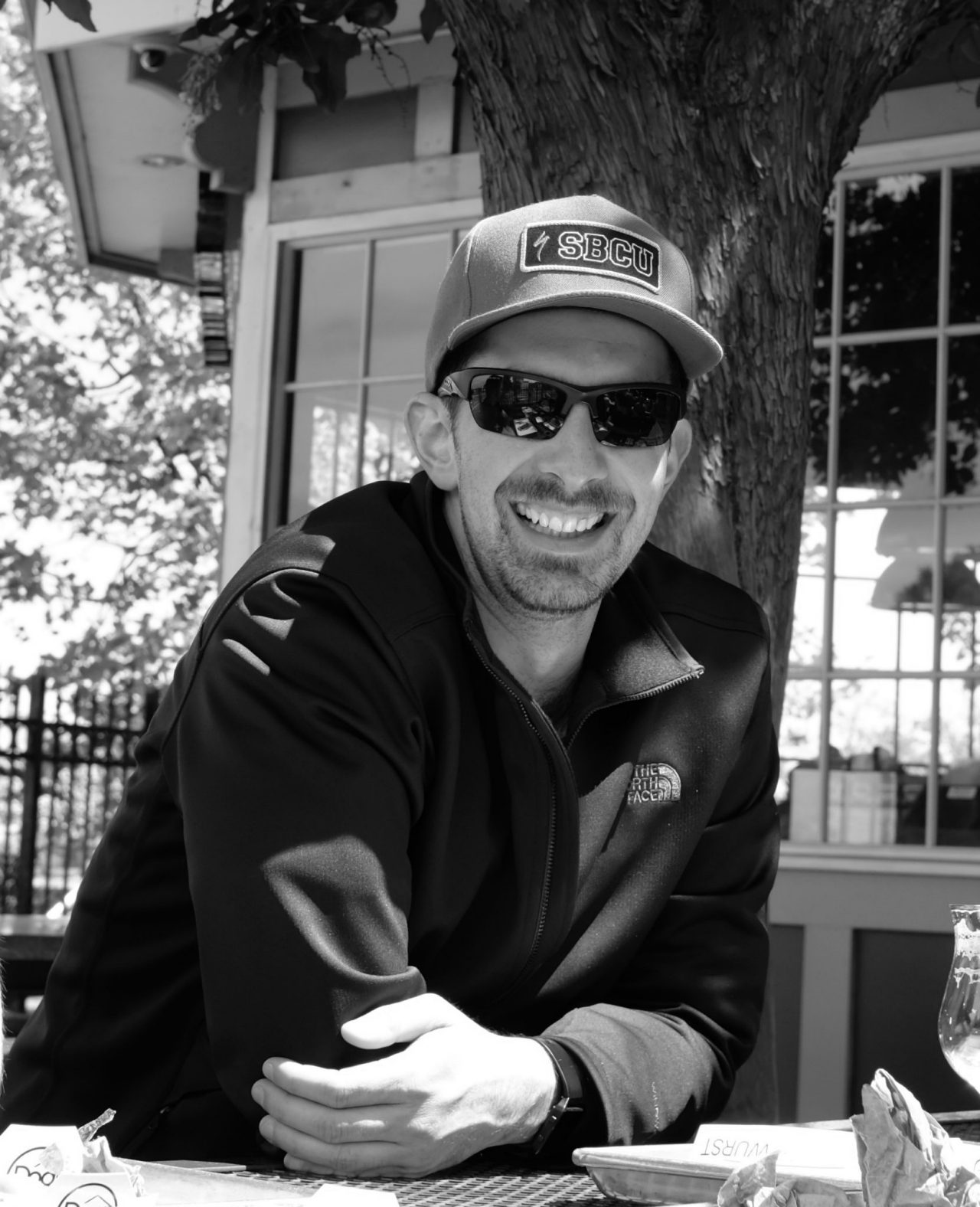“Architecture gave me a great base for design, critical thinking, understanding how people use space and putting myself in other people’s shoes,” Tuttle shares. “This has helped me so much in my game development career.”
After working a variety of odd jobs in the industry, Tuttle eventually landed a gig with Sledgehammer Games —the studio responsible for the blockbuster Call of Duty series. He got his foot in the door working as an associate, but over the past five years has climbed the corporate ladder to senior environment artist.
“Early in the map work, it’s more about general themes and callouts, outsourcing specific assets and figuring out what textures and models we need for the theme,” Tuttle says, “At the end of a map, the work centers on fine-tuning anything visually confusing and polishing.”
Currently, Tuttle works primarily as a pod lead. He makes sure the other artists on a map have enough direction, communicates with other departments, disseminates feedback from the art director and verifies that outsourced assets are on track; essentially, Tuttle acts as the point of contact for all fires that must be addressed.
Tuttle says he enjoys the narrative process of crafting a history for his maps. Is the space 100 years old or 10,000 years old? What cultures influenced the design? What happened in this place before the player arrived? These are all questions Tuttle gets to address during the design process.
Tuttle reflects fondly on his time at Jefferson, “I loved my time in the studio. The comradery, friendships, learning, antics and growth there were fantastic. I didn’t realize how special it was until I didn’t have it during grad school.”
Tuttle encourages current students to take advantage of all the university has to offer and to view every experience—both good and bad—as opportunities to grow and better themselves as designers. “Embrace critiques and always look for areas to improve,” he says. “They make you a better designer and more prepared for the workforce.”
Check out the Q&A with Tuttle.


